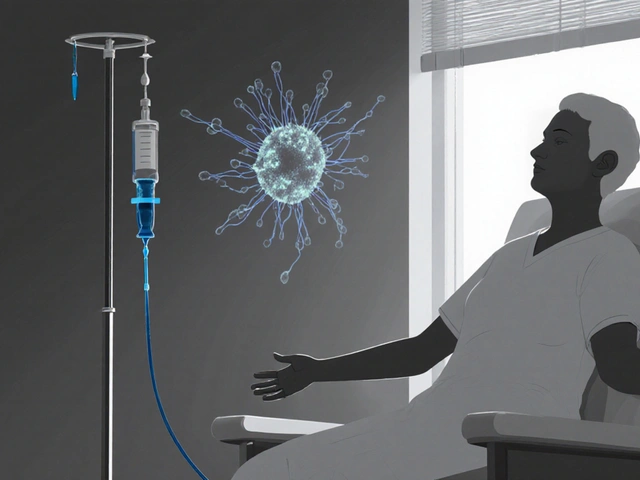Edema Management: How to Reduce Swelling and Feel Better
Edema is the medical term for fluid buildup that makes parts of the body look puffy. It can show up in the feet, ankles, hands, or even the face. While a little swelling is normal after a long walk or a hot shower, persistent edema often signals an underlying issue that needs attention.
Most people think edema is just a cosmetic problem, but it can affect comfort, mobility, and even heart or kidney health. The good news is that many everyday actions, combined with the right medical advice, can loosen the excess fluid and keep it from coming back.
What Causes Edema?
Understanding why fluid is hanging around helps you target the right solution. Common triggers include:
- Standing or sitting for long periods: Gravity pulls fluid down, especially in the lower legs.
- High‑salt diet: Salt makes your body retain water.
- Medications: Some blood pressure pills, steroids, and antidepressants can raise fluid levels.
- Health conditions: Heart failure, kidney disease, liver cirrhosis, and certain thyroid problems are frequent culprits.
- Hormonal changes: Pregnancy or menstrual cycles can cause temporary swelling.
If you notice sudden or painful swelling, or if it’s accompanied by shortness of breath, call a health professional right away. Those signs may point to a serious condition that needs prompt treatment.
Practical Ways to Control Swelling
Here are easy habits you can start today to keep edema in check:
- Move regularly: Take short walks, stretch, or do ankle circles every hour if you sit at a desk.
- Elevate your legs: When you’re home, prop your feet on a pillow for 15‑20 minutes a few times a day.
- Watch your salt intake: Choose fresh foods over processed snacks, and read labels to keep sodium under 2,300 mg per day.
- Stay hydrated: Drinking enough water helps your kidneys flush out excess fluid.
- Wear compression stockings: They apply gentle pressure that pushes fluid back toward your heart.
- Check your meds: Talk to your doctor if a prescription might be causing swelling; a dosage tweak or alternative could help.
- Maintain a healthy weight: Extra weight puts more pressure on veins and can worsen fluid buildup.
For many, a combination of these lifestyle tweaks does the trick. If swelling persists, doctors often prescribe diuretics—medicines that tell the kidneys to release extra water. Common options include furosemide and hydrochlorothiazide, but they need a prescription and monitoring because they can affect electrolytes.
When you visit your clinician, be ready to share details like when swelling starts, which body parts are affected, and any recent changes in diet or activity. That information speeds up diagnosis and helps your provider pick the right treatment plan.
Remember, edema isn’t something you have to live with forever. Simple daily actions, smart food choices, and the right medical support can make a big difference. Keep an eye on your body, act early, and you’ll likely notice less puffiness and more energy for the things you love.

Top 7 2024 Lasix Alternatives for Edema and Hypertension Management
- By : Archer Hamilton
- Date : Oct 23 2024
Lasix is a popular diuretic for treating edema and hypertension, but there are several alternatives worth considering in 2024. Each alternative has its unique benefits and potential drawbacks, ranging from the effectiveness in congestive heart failure to the risk of electrolyte imbalances. Understanding these options, including Torsemide, Bumetanide, and others, helps patients make informed decisions about their treatment plans. It's essential to consult healthcare professionals for personalized advice and regular monitoring when on diuretics.





